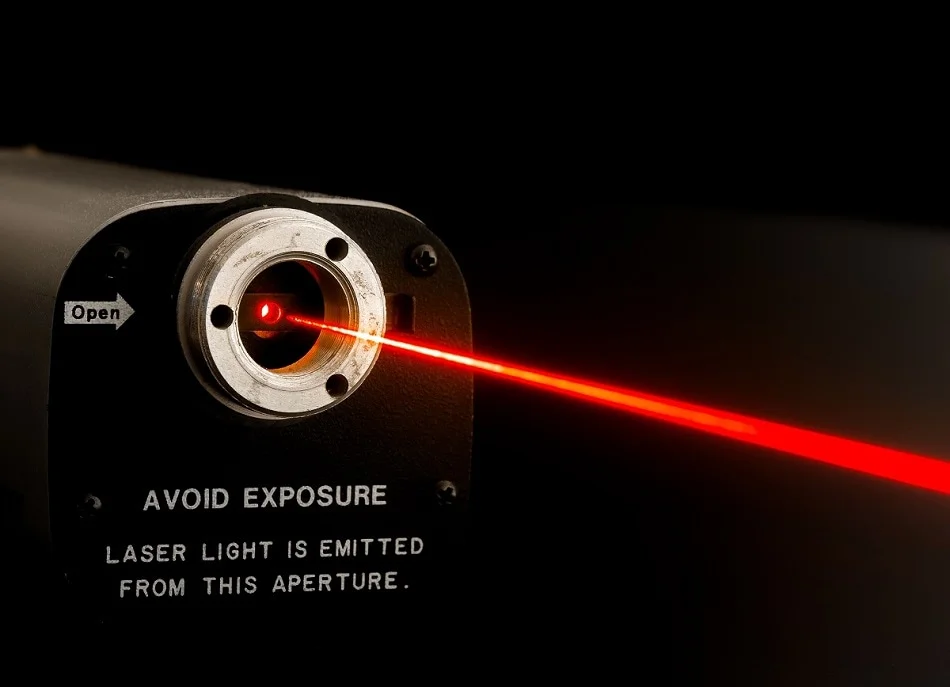There are lasers all around us. Across industries (automotive, tools, hydraulics, and home appliances) as well as medicine and beauty, lasers are used practically everywhere because of their versatility and ability to perform many jobs: cutting, welding, laser marking, tattoo removal, eye surgery, hair removal, etc. All lasers are not equal, and lasers are selected based on the source that is most suitable for the job.
Lasers come in five different types:
- The gas
- A solid-state device
- The fiber
- Dye lasers (liquid)
- Laser diode is a semiconductor
The five types of lasers can be further broken down into continuous-wave lasers and pulsed lasers. Different types of pulsed lasers are also available. Marking plastic with a fiber laser can be done without burning it or leaving burrs by using a fiber laser with a variable pulse rate (MOPA).
Let’s define what a laser is and how it works before we discuss the different types of lasers.
How does a laser work?
The lasitlaser.pl is a device that generates light in the form of a laser beam. A laser beam is different from a light beam because its rays are monochromatic (a It must be a single color, consistent (the same frequency and wave shape), and collimated (heading in the same direction).
This “perfect information” can be provided by lasers, making them ideal for high-precision applications.
In As discussed in this article, Einstein’s invention of the laser has been followed by Gordon Gould’s invention of the laser. Let’s examine the parts of a laser in more detail. A laser consists of three main parts:
This is the source of energy
An energy source pumps light into an active medium (the active medium is the result of switching from a lower energy state to a higher energy state through electronic or molecular transitions). Lasers vary in power depending on their type. There are many types of diode lasers, electric shocks, chemical reactions, flashing lights, and more.
The active media
A light beam is emitted at a specific wavelength by the active media when it is stimulated by light. This is called the optical gain source. It is often the gain medium that gives lasers their name. An example of a gain medium is CO2 gas, which is used in CO2 lasers.
Cavity of the optical system
An optical cavity amplifies the optical gain using mirrors surrounding the gain medium, which are usually discrete mirrors in solid-state lasers, cut or coated facets in diode lasers, and Bragg reflectors in fiber lasers.


